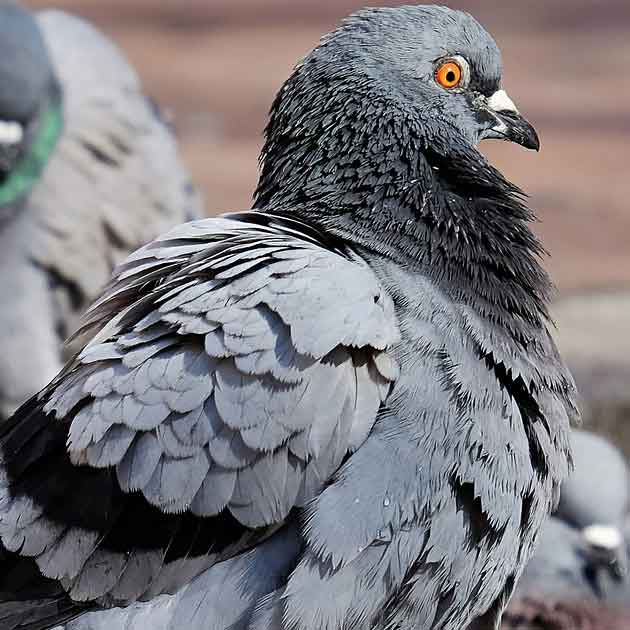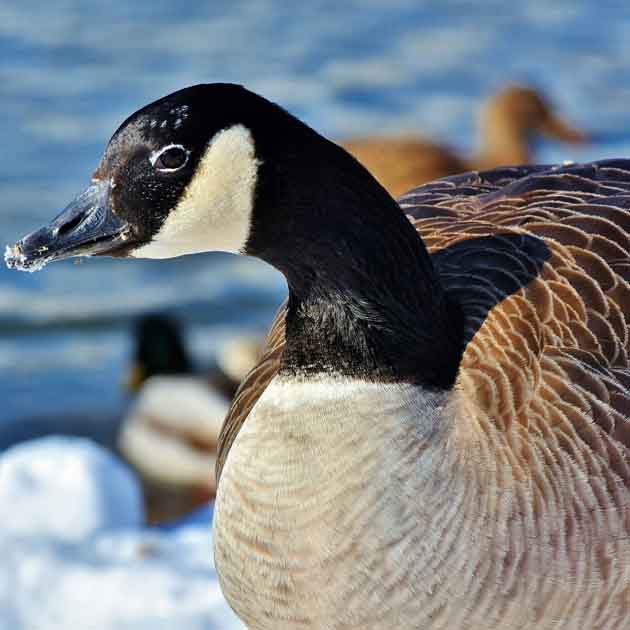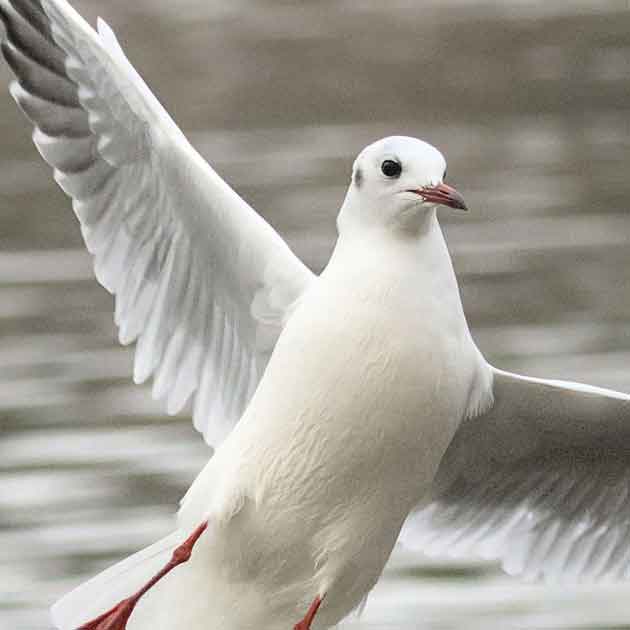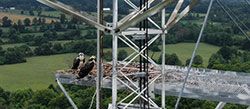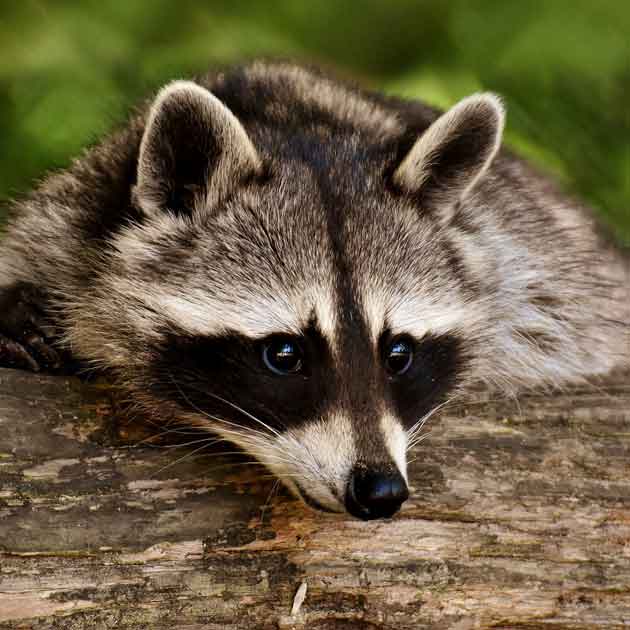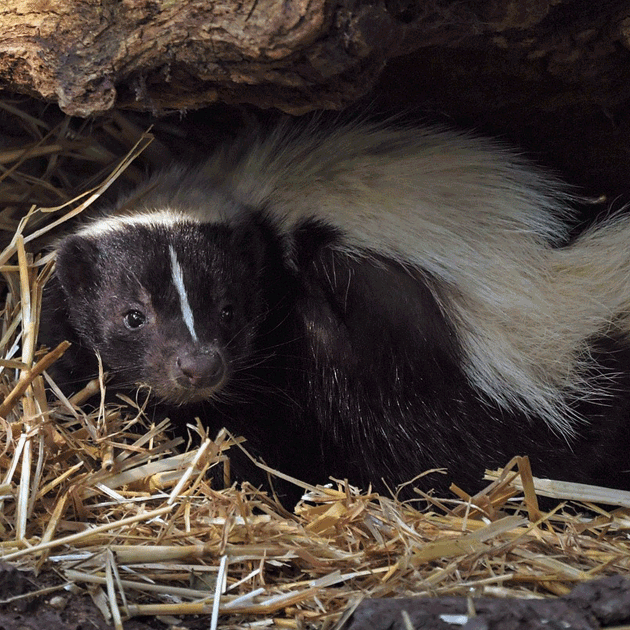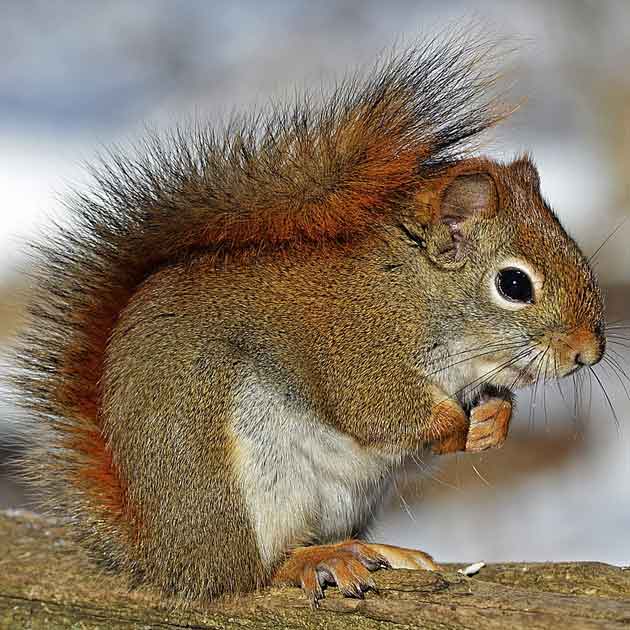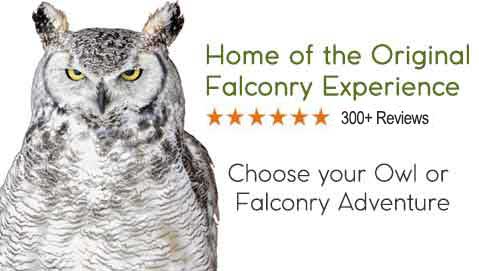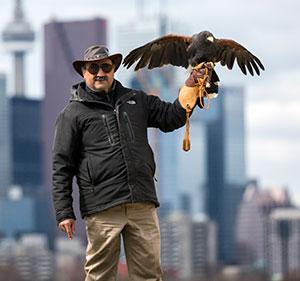As night falls over the city of Mississauga, a mischievous masked bandit stirs and sets out on a food finding mission. He is cunning, intelligent, and learns by observing his surroundings - and YOU! He has figured a way around those pesky special locks intended to keep raccoons out of trash bins, he knows where the resident cat's food and water bowls can be found, and he watches you store the bag of bird seed away.
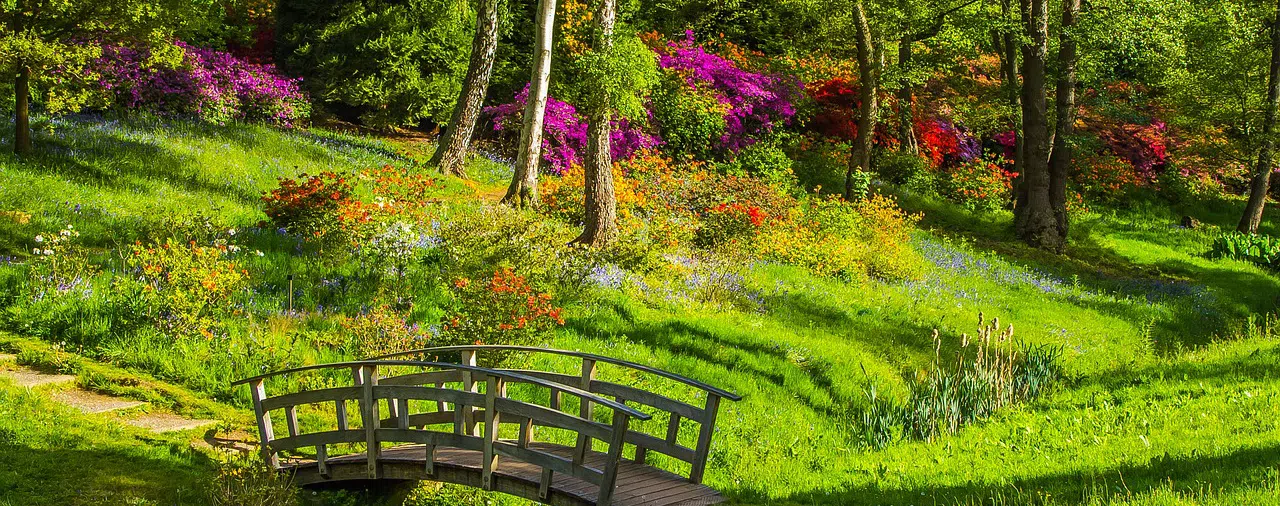
He is also very familiar with the park down the road, its many hiding spots and berry bushes, and he's quite fond of the little stream running through that park. You see, Mississauga's parks provide the perfect environment for a raccoon set on thriving alongside humans. There's water, shelter, and food - even if procured from a garbage bin on occasion. In short, our urban parks have everything a raccoon needs and desires.
In this article, we'll explore how the raccoon adapts to life in urban areas and its effect on the ecosystem.
How Raccoons Have Adapted to Urban Parks in Mississauga
Sprawling parks are a source of enjoyment, not just for us but for raccoons and other wildlife as well. Urban parks are a somewhat controlled environment with fewer natural predators, if for no other reason than the presence of humans. And of course, where there is perceived safety and food is plentiful, raccoons will gather and breed.
Abundant Food Sources
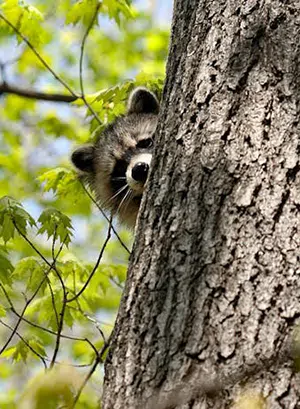 Raccoons are omnivorous - meaning, they source their food from both animal and plant life. They are foragers more so than hunters. They are also opportunistic and an easy meal is favoured over one that has to be chased down. Common food sources in urban parks include:
Raccoons are omnivorous - meaning, they source their food from both animal and plant life. They are foragers more so than hunters. They are also opportunistic and an easy meal is favoured over one that has to be chased down. Common food sources in urban parks include:
- Fruits, nuts, and seeds
- Aquatic life forms, like crayfish, minnows, etc.
- Unsecured garbage cans
- Humans intentionally or unintentionally feeding wildlife
Shelter in Urban Landscapes
From the natural shelters in hollow trees and under dense shrubs and foliage, to abandoned outbuildings, sheds, chimneys, attics and hidden crawl spaces found in communities bordering our parks, raccoons have all the shelter they need. And again, because of the proximity of humans, natural predators such as the coyote and fox aren't as much of a threat. This also means that litters have a better chance of survival and the urban raccoon population is ever increasing.
Nocturnal Behaviour and Intelligence
- Being the sleepy heads they are during the day and out 'n about from dusk to dawn limits the interaction of raccoons with humans and human inventions (such as automobiles) - and likely contributes to their continued success and survival in our neighbourhoods.
- Their exceptional intelligence and curiosity is another trait that greatly assists with survival alongside humans. Raccoons are not only able to observe and learn, but have actual mad problem solving abilities of their own. Their intelligence is akin to that of a small primate.
- And lastly, a keen sense of smell and good night vision enables our little trash pandas to secure a meal or five even during the darkest of nights.
The Impact of Raccoons on Mississauga’s Urban Ecosystem
Disrupting Local Wildlife
- Competition with other native species for food resources
- Raccoons are predators of birds and bird eggs and are shown to have a significant impact on bird populations. They may even contribute to the decline of certain bird species.
Property Damage and Human-Wildlife Conflicts
- Raccoons raiding garbage bins and creating messes
- Damaging roofs, insulation, and gardens in search of shelter and food
- Increased interaction with humans and domestic pets leading to conflicts
Disease Transmission Risks
Of course, the biggest concern is rabies. Raccoons are classified as a Rabies Vector Species (RVS) and hence can carry and transmit the virus. While there haven't been any widespread rabies outbreaks in a while, it is worth keeping in mind that rabies is almost always fatal, if contracted by a human.
But, raccoons also carry Leptospirosis, Distemper, and Raccoon roundworm - all of which can lead to infections for your pets or family. It is of utmost importance that you use strict safety protocols when cleaning up a raccoon latrine.
Scientists do believe that the presence of raccoons may have some positive environmental impact as well. This includes:
Planting Seeds
Raccoons consume a fair amount of berries and nuts and what goes in must come out. As their territories are quite large (especially for males), they travel long distances and shed their waste along the way. The seeds contained in their feces are dispersed to new areas and aid with plant distribution and reproduction.
Soil Improvement
By digging for grubs in the ground, raccoons may help with soil turnover and aeration. Mind you, most of us won't likely look at our dug up grass or flower beds and think that's a good thing.
Insect Control
Raccoons also eat a whole lot of different insects. This acquired taste may help to control invasive species, such as the Japanese beetle, which threatens the health of trees, plants and other wildlife. It is doubtful though, that raccoons will resign themselves to eating insects in urban settings when there are so many trash cans ready to be explored.
Managing Raccoon Populations in Mississauga
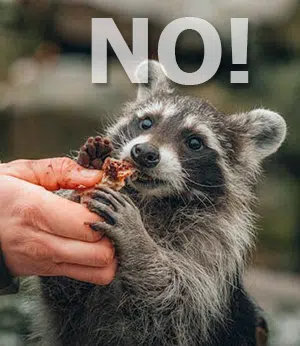 Let's be honest - raccoons are better off in our parks than in our backyards. While raccoons are quite content to live in close proximity to us, there are a few things we can do to discourage them from becoming unwanted neighbours.
Let's be honest - raccoons are better off in our parks than in our backyards. While raccoons are quite content to live in close proximity to us, there are a few things we can do to discourage them from becoming unwanted neighbours.
DO NOT FEED RACCOONS!
- Or any wildlife! Human scraps and processed foods do not fulfill their nutritional requirements and make for unhealthy animals. On top of that, you are now teaching a wild animal to depend on humans for food. And, if this isn't motivation enough, a by-law violation and penalty of up to $100,000 just might be. Mississauga Animal Care and Control By-Law prohibits the feeding of all wildlife.
Eliminate Food Sources
Other measures include securing your trash and compost bins (inside, if at all possible), storing animal or pet food indoors, removing outdoor food and water bowls for your pets, emptying bird baths at night, and picking up fallen fruit from fruit trees.
Limit Shelter Opportunities
Lock up sheds, inspect roof shingles and siding for cracks or holes that raccoons could exploit to gain access to your attic. Also trim tree limbs close to your house and/or roof. Close up space under your porch. Check outbuildings for damage and repair if necessary.
Public Education
- Raise awareness about responsible waste disposal - share what works (or doesn't) for your household with your neighbors.
- Discourage the feeding of wildlife.
- Encourage othes in your community to report raccoon issues to Professional Wildlife Control Services.
Protect Your Property – Contact Hawkeye Bird & Animal Control
Mississauga with its many public parks and ravines has become a haven for wildlife, offering all the food and shelter a growing raccoon population could ask for. Due to their intelligence, adaptability, and opportunistic nature, raccoons are poised to overrun urban neighbourhoods here, as they have done in Toronto.
Hawkeye Bird & Animal Control raccoon removal services provide responsible, humane, and necessary wildlife management in and around Mississauga. If your home or business is being invaded by raccoons, call us today. We trap and remove raccoons. Permanently. Guaranteed.
Related Articles: https://www.hawkeye.ca/blog/get-rid-of-raccoons-from-homes-near-pickerings-ravines-and-green-spaces


